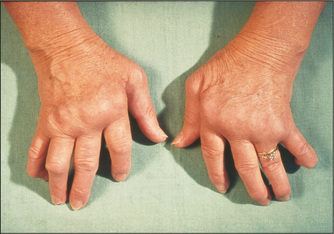Rheumatological diseases in humans are most often associated with joint diseases, although various organs and systems can be affected. How can a rheumatological disease be suspected and what tests need to be taken?
Rheumatological diseases represent a large group of diseases affecting the connective tissue of the body. They are also called autoimmune or systemic diseases. Autoimmune – because the immune system loses its ability to recognize “self or other” and produces antibodies against its own cells and tissues. Systemic – since connective tissue is contained in all organs and blood vessels, therefore, all systems of the body are affected to one degree or another. The cause of rheumatological diseases is not fully understood. But the consequences are serious, and early recognition is important for timely treatment and prevention of complications.
How can a rheumatological disease be suspected?
Severe fatigue, fatigue, general malaise – signs as at the beginning of a cold;
Muscle and / or joint pain
Swelling of the joints, changes in tissue around the joint, up to deformity
Tenderness to pressure on a joint or muscle
Episodes of a slight increase in temperature or a prolonged increase in temperature
Accidental detection of increased ESR in a clinical blood test or C-reactive protein.
The above symptoms can occur in a number of other diseases, although they are often the only “warning signs” for starting the examination.
In fact, changes often occur in the heart, lungs, kidneys, nervous system and other internal organs, but they do not have vivid manifestations. Sometimes attention is paid to signs of skin lesions – in the form of various rashes. Redness of the facial skin in the form of a “butterfly” occurs with systemic lupus erythematosus; thickening of the skin of the fingers with scleroderma.
How is the diagnosis made?
In order to establish a rheumatological disease https://en.wikipedia.org/wiki/Rheumatism, the doctor evaluates 2 criteria:
Manifestations during the collection of complaints, examination and instrumental methods (X-ray, ultrasound, CT). In medical parlance, this is called a “clinical criterion.”
Laboratory signs
Only on the basis of a joint assessment of clinical and laboratory criteria is it possible to establish a diagnosis of rheumatologic disease and to distinguish which disease from the whole group occurs. No criterion is used in isolation!



